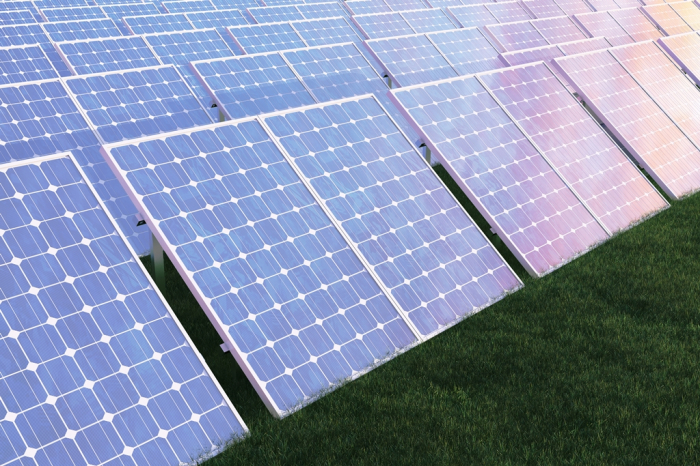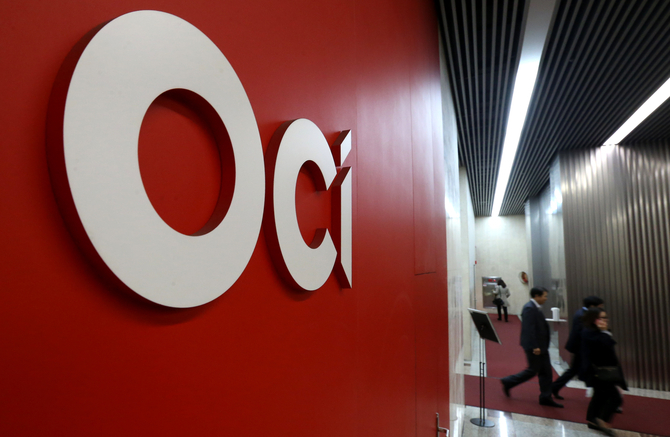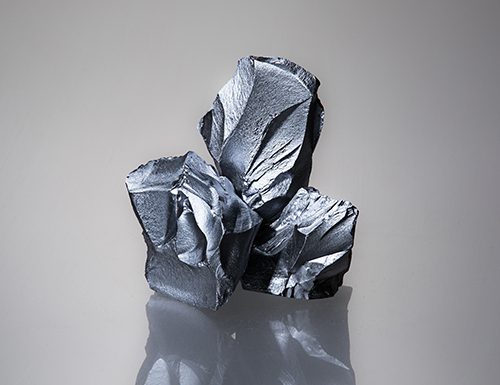Energy
Hanwha Solutions, OCI to benefit from US push for solar energy
The passage of the US Inflation Reduction Act would provide a tailwind for Korean companies, analysts say
By Aug 04, 2022 (Gmt+09:00)
3
Min read
Most Read
LG Chem to sell water filter business to Glenwood PE for $692 million


Kyobo Life poised to buy Japan’s SBI Group-owned savings bank


KT&G eyes overseas M&A after rejecting activist fund's offer


StockX in merger talks with Naver’s online reseller Kream


Mirae Asset to be named Korea Post’s core real estate fund operator



Hanwha Solutions Corp. and OCI Co., South Korea’s two leading solar power-related companies, are poised to gain a tailwind from the US government's push for renewable energy.
The two companies recently posted strong second-quarter earnings and their business outlook is bright, especially when the Democrats in the US Senate are moving to pass the Inflation Reduction Act of 2022, which has allotted $369 billion for climate and energy provisions in the next decade, analysts said.
According to the Financial Supervisory Service, Hanwha Solutions posted an operating profit of 277.7 billion won ($212 million) on revenue of 3.39 trillion won on a consolidated basis in the second quarter, up 25.6% and 22%, respectively, from the year-earlier period.
The results marked their best performance since Hanwha Solutions relaunched after combining solar energy-related Hanwha Group businesses under one roof in 2020.
The company’s renewable energy division, including its solar energy business, recorded 35.2 billion won in operating profit, returning to the black for the first time in seven quarters.
OCI, Korea’s lone producer of polysilicon, a raw material used to make photovoltaic cells for semiconductor wafers and solar panels, posted an operating profit of 181 billion won and 1.06 trillion won in sales on a consolidated basis in the second quarter, up 8.8% and 37.5%, respectively, from a year earlier.

DEMAND TO OUTPACE SUPPLY
Hanwha Solutions, the energy unit of chemicals-to-financial conglomerate Hanwha Group, has been bleeding for years as it was unable to reflect rising polysilicon prices on its solar cell and module products.
The price of solar polysilicon has risen to the higher end of the $30 level per kilogram from about $5 before the COVID-19 pandemic.
“Solar cell module prices in recent months started to rise in the US and European markets, buoyed by the unstable supply of fossil fuels in the wake of the Russia-Ukraine war. The module price hikes are good news for our earnings,” said a Hanwha official.
Hanwha said it is considering expanding its investment in the US solar market as the passage of the Inflation Reduction Act in Congress has become visible.
Already the largest solar module player in the US, the company said in May it will invest 200 billion won through its solar energy affiliate, Hanwha Q CELLS Co., to build a 1.4 GW solar module plant in the US.

OCI, the world's seventh-largest polysilicon manufacturer by output, had been in the red for years until recently due to depressed prices since Chinese competitors mass-produced low-priced polysilicon in the 2010s.
However, demand for the material is rising significantly on the back of the global push for carbon neutrality and the pursuit of renewable energy.
Demand for renewable energy assets has also surged as environmentally conscious investors and energy companies seek green power to meet goals to achieve net-zero emissions.
“Polysilicon products from Chinese companies are coming into the market in large quantities, but we expect demand to outpace supply for quite a while. Some Chinese firms’ maintenance shutdown planned in the second half will make a supply shortage worse,” said OCI Vice Chairman Lee Woo-hyun.
Reflecting a rosy business outlook, shares of Hanwha Solutions have risen 39% from a low of 30,000 won on April 25 to 41,800 won on Thursday. OCI shares have risen 13.5% over the same period to 113,500 won.
Write to Kyung-Min Kang at Kkm1026@hankyung.com
In-Soo Nam edited this article.
More to Read
-

-
 EnergyHanwha Solutions acquires French renewable firm RES for $860 million
EnergyHanwha Solutions acquires French renewable firm RES for $860 millionAug 09, 2021 (Gmt+09:00)
2 Min read -
 EarningsPolysilicon drives up OCI’s Q2 profit to 10-year high amid solar cell boom
EarningsPolysilicon drives up OCI’s Q2 profit to 10-year high amid solar cell boomJul 28, 2021 (Gmt+09:00)
3 Min read -
 Hydrogen economyHanwha Solutions acquires US hydrogen tank maker Cimarron, to invest $100 mn
Hydrogen economyHanwha Solutions acquires US hydrogen tank maker Cimarron, to invest $100 mnDec 28, 2020 (Gmt+09:00)
1 Min read
Comment 0
LOG IN


